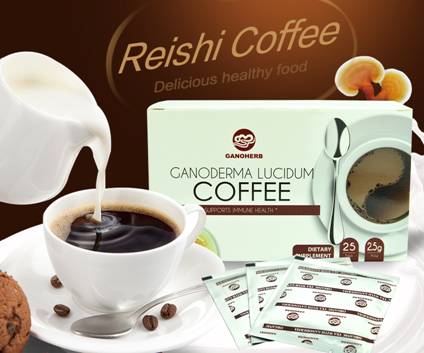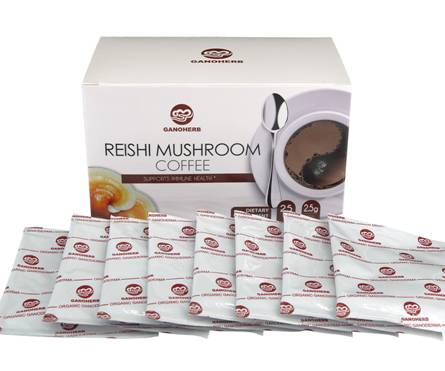Business News Agency reported on August 9 that the year-on-year increase in Chinese patent medicines' export growth compared to the same period last year was finally reversed in the first half of this year. According to customs statistics, in the first half of 2010, China’s economy generally maintained a trend of recovery and development. The total volume of imports and exports of Chinese medicines reached 1.22 billion U.S. dollars, a year-on-year increase of 23%. Among them, the cumulative import and export volume of Chinese patent medicines reached 200 million U.S. dollars, an increase of 12.8% year-on-year. The export volume of Chinese patent medicines was 120 million U.S. dollars, an increase of 17% year-on-year; the value of imports was 83.91 million U.S. dollars, an increase of 7.3% year-on-year; the year-on-year increase in exports was higher than the year-on-year increase. Exports to ASEAN countries have grown faster. Exports to the Middle East have fallen sharply In the first half of 2010, China exported proprietary Chinese medicines to more than 100 countries and regions. Among them, the growth rate of exports to emerging economies such as ASEAN has been accelerating, and exports to China's Hong Kong, the United States, and the European Union have also steadily increased. In the first half of the year, exports of Chinese patent medicines increased significantly in India and Singapore. Exports dropped more in Sudan and Switzerland. The main export market for proprietary Chinese medicines is still the Hong Kong region of China, India, the United States, and Japan, which together account for about 53% of China's proprietary Chinese medicine exports. It is worth noting that India has become the second largest importer of proprietary Chinese medicines for the first time, mainly because India's imports of “drugs containing artemisinin and its derivatives†have increased by 303% year-on-year. The Hong Kong region is the largest market for Chinese proprietary Chinese medicines exports. The proportion of exports accounted for 34% of the total exports of Chinese patent medicines. In the first half of the year, the export value was 40 million US dollars, an increase of about 25% year-on-year. The commodities exported to the Hong Kong region are mainly "Chinese-made medicines (commodity customs code: 30049059) and Pien Tze-tung". In the first half of the year, the export of baiyao to Hong Kong was small, but the number of exports increased by 59% year-on-year. The U.S. market accounted for 6% of China's proprietary Chinese medicine exports. In the first half of the year, Chinese patent medicines exported to the U.S. reached 6.9 million U.S. dollars, an increase of 30% year-on-year. Among them, the export of cool crude oil performed outstandingly, and the export amount increased by 82% year-on-year. The export market is uneven and hot and cold. Some single product exports soared Chinese medicine: In the first half of the year, the export value of “Chinese-style medicine†had risen somewhat compared with the same period of last year, but the policy factors of the importing country had a huge impact on the export of Chinese proprietary Chinese medicine. The United States and China’s Hong Kong region are the major markets for Chinese “Chinese medicine†exports. In the first half of 2010, the overall demand in these two markets was stable, and the export volume of Chinese “Chinese medicine†to these two markets increased steadily. Due to the export strategy of the company, in the first half of the year, the export volume of Chinese proprietary Chinese medicines to the Middle East and Latin America has dropped significantly. For the Japanese market, at the end of 2009, the Japanese government budget screening working group planned to exclude Kampo medicine from the public medical insurance application. This means that Japanese herbal medicines that have been used as medical insurance products since 1976 may become self-financed in Japan. Medicines, if this plan is put into practice, will have a certain impact on the future exports of Chinese proprietary Chinese medicines to Japan. In the first half of 2010, China’s export volume of “Chinese medicine†to Japan decreased by 10% year-on-year, and the export amount was 5.98 million US dollars, a year-on-year decrease of 6%. In the first half of this year, China’s “Chinese medicine†exports to the European Union amounted to USD 6.69 million, a decrease of 1.42% year-on-year. On March 31, 2004, the European Union adopted the "Directive for the Registration of Traditional Plant Drugs." In April 2011, sales of herbal medicines in the European Union will be strictly regulated and some herbal medicines will no longer continue to be sold in the form of "dietary supplements." . Qingliang Oil: In the first half of this year, global temperatures reached a record high, and cool oils with heat-sinking effects appeared hot. In the first half of the year, the export volume of China's cool crude oil reached 8.11 million U.S. dollars, an increase of 34% year-on-year. The major export regions were the Middle East and Africa, which accounted for 65% of the total export value. Among them, demand for cool oil in Oceania and Latin America increased by 811% and 235% respectively year-on-year, and demand growth in Europe and the Middle East exceeded 100%. Pien Tze Huang: Pien Tze Huang is China's first class Chinese medicine protection varieties, mainly exported to Hong Kong and ASEAN regions in China. In the first half of the year, the export volume of Pien Tsai has increased by 19% year-on-year, and the export price has increased slightly. State-owned enterprises are still the main exporters of Chinese patent medicines. Fall of foreign-funded enterprises In the first half of the year, there were 529 Chinese proprietary Chinese medicine export enterprises, an increase of 22 over the same period of last year. State-owned enterprises are still the main exporters of Chinese patent medicines. In the first half of the year, exports were 66.74 million US dollars, up 35% from the same period of last year and accounting for 57% of the total exports of Chinese patent medicines. Because the state-owned enterprises and their products have higher brand reputation, larger production scale and independent product intellectual property rights, and relatively fixed market consumer groups, the export of state-owned Chinese patent medicine companies has been relatively stable. In the first half of the year, foreign-funded enterprises exported 16.69 million US dollars of Chinese patent medicines, accounting for 14% of the total exports of Chinese patent medicines. Exports decreased by 8% compared with the same period of last year. Among them, Sino-foreign joint ventures' exports of Chinese patent medicines fell by 33% in the first half of the year. In the first half of the year, a total of 30 provinces exported proprietary Chinese medicines, of which Beijing, Guangdong, Fujian and Tianjin accounted for 52% of the country's total exports of proprietary Chinese medicines. The export growth is faster in Tianjin and Zhejiang, and the decline in exports is more in Beijing and Guangxi. Chinese medicines export forecast in the second half In the first half of 2010, the world economy continued its recovery in 2009, and emerging economies continued to lead the strong growth of advanced economies. Driven by market demand, China's Chinese patent medicine exports have seen strong growth. However, the current advanced economies are still struggling with problems such as high unemployment and public spending remains cautious. This has added many variables to the recovery of the world economy. Therefore, it is predicted that in the second half of 2010, China's Chinese patent medicine exports will maintain a relatively stable trend.
Ganoderma Coffee (Reishi Mushroom Coffee/Lingzhi coffee) perfectly combines the tasty Arabica black
coffee and the essence of Ganoderma Lucidum together, delivering the best
product to boost your morning with some extra health benefits.
The organic Ganoderma ingredient of this product comes
from our self-built organic Ganoderma farm located at pristine Mt. Wuyi, one of
the largest Ganoderma origins in China. GanoHerb
has acquired 4 organic certificates from China, the US, Japan, and the EU. We
do not use any chemical fertilizer, herbicide, or pesticide to ensure that not
any chemical contaminants will be left in the products.
This Reishi black coffee tastes just like a good black
coffee, without any mushroom taste whatsoever. It has a mellow taste with
slight bitterness and a nutty and chocolaty aroma. It is perfect for pairing
with snacks such as cookies and cakes. You can also add sugar and creamer depending
on your own preference.
Ganoderma instant coffee is also very easy to make. Each box has 25 sachets. Simply add hot water to the coffee mix and stir thoroughly, a cup of
delicious Ganoderma black coffee will be ready for you in seconds. Not only
does the Ganoderma black coffee taste delicious, it is also good for your
health. Ganoderma has been proven to be effective in enhancing overall immunity,
protecting the liver, improving sleep
quality and relieving stress. It is gluten-free,
lactose-free, and no additives or
preservatives whatsoever, therefore it is
suitable for all people especially for people with low immunity or high stress.
Ganoderma Coffee Ganoderma Coffee,Ganoderma Lucidum Coffee,Reishi Coffee,Reishi Mushroom Coffee,Lingzhi Moffee,Black Moffee Ganoherb International Inc. , http://www.ganoherb.us
